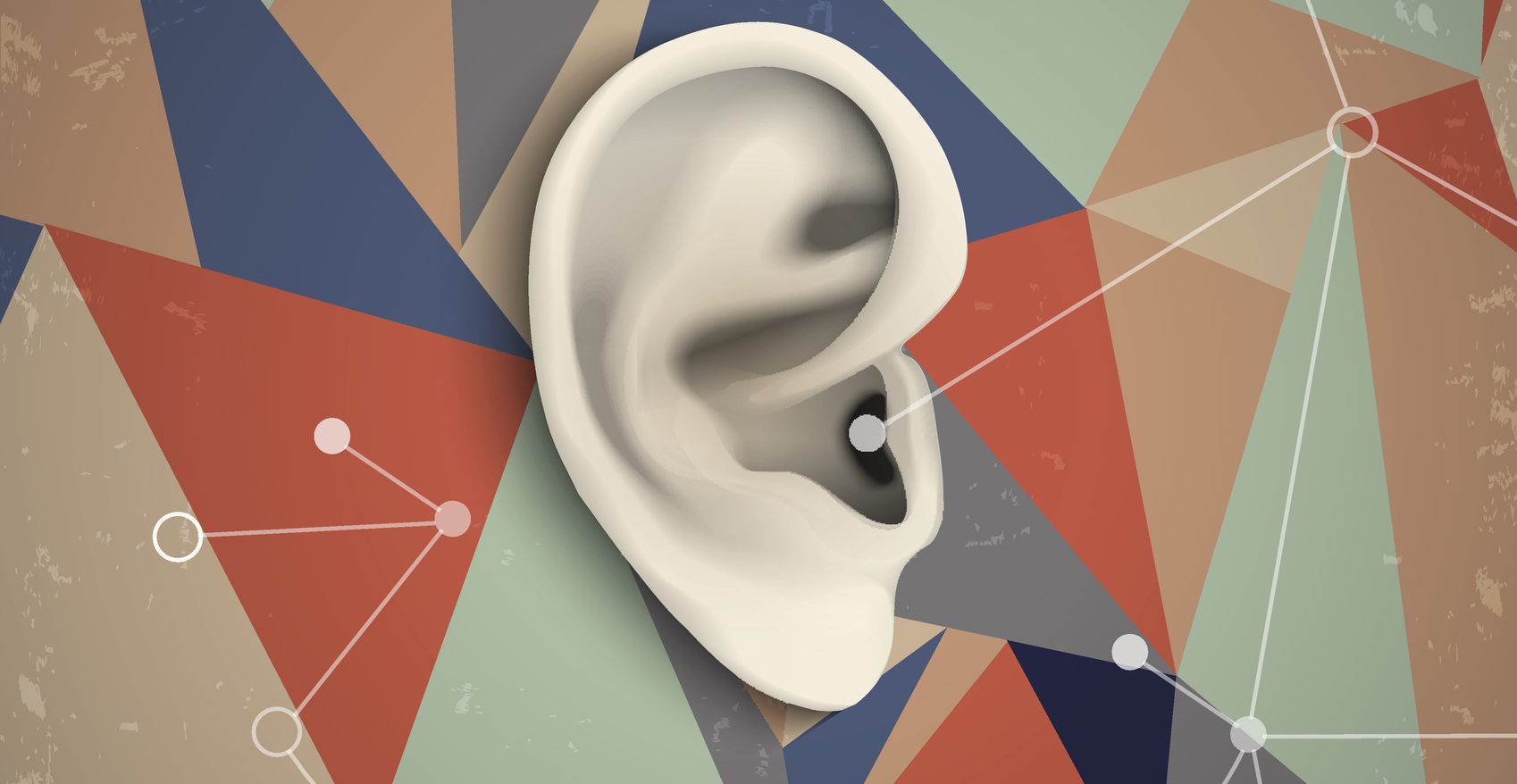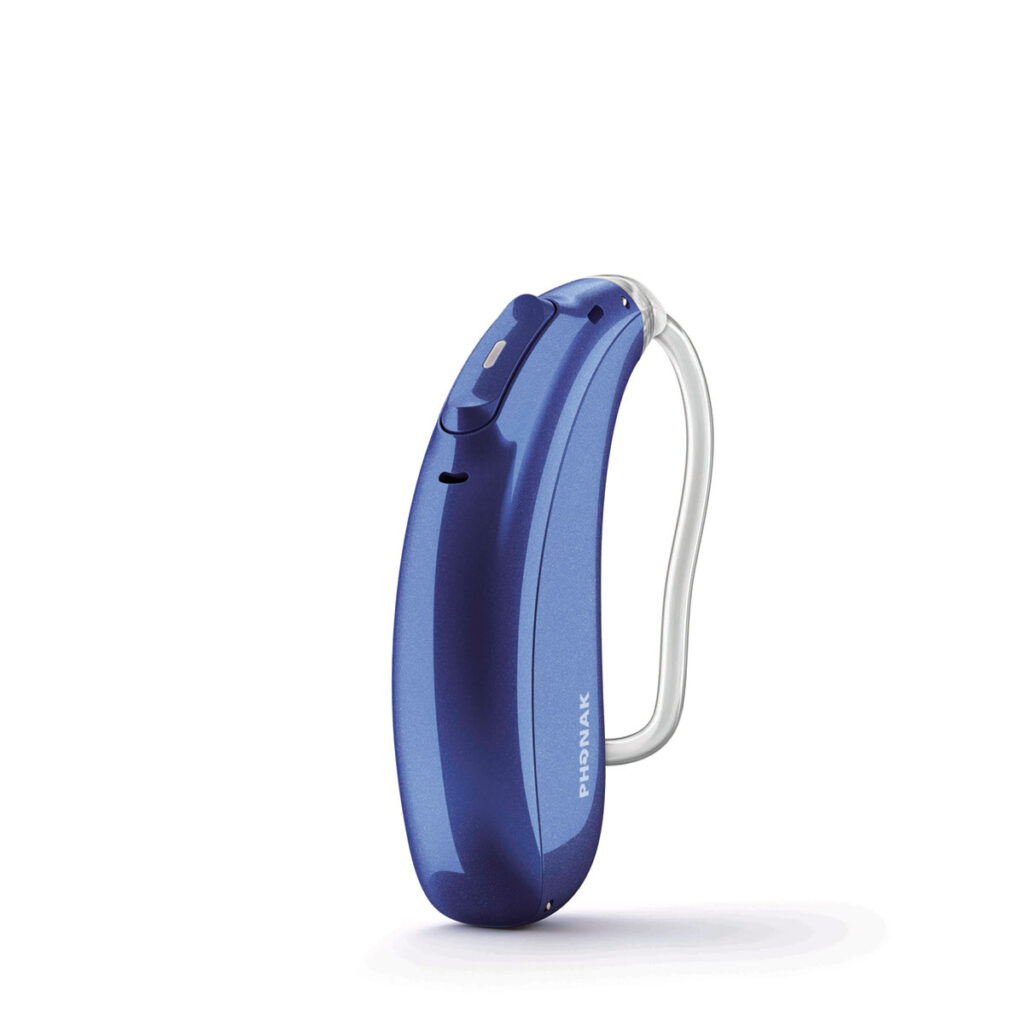15 July 2021
Technology advancement for functional listening difficulties

What does it mean to have functional listening difficulties?
Hearing sounds in our environment is largely a passive process.
We can sit back and perceive the sounds of birds chirping or a train going by outside, but not necessarily process, attend to and interpret those sounds into something meaningful. This latter process describes listening, a more complex neurological process that is both active and purposeful.
Functional listening refers to our ability to effectively listen to the important auditory information in our day-to-day lives; for example, to process and interpret a teacher’s instructions in a school classroom, or to participate in a conversation at a party. It is important to understand that functional listening difficulties are both common and disruptive, and can exist regardless of a person’s hearing ability.
A standard hearing test (audiogram) conducted by a hearing care professional will describe a person’s ability to detect sounds, but not tell us anything about that person’s ability to actually listen. Further tests are required, including, for example, an assessment of speech discrimination in the presence of background noise, to assess functional listening skills.
Remote microphone listening technology
Remote microphone technology is the primary evidence-based management strategy audiologists recommend to both children and adults with functional listening difficulties.
Although remote microphone technology can be used by people with a sensorineural and/or conductive hearing loss to enhance the functionality of their hearing aid/s or cochlear implant/s, some receivers such as the Phonak Roger Focus are designed for people with “normal hearing” on a standard hearing test (audiogram) but with difficulties processing the sounds they hear – functional listening difficulties.
How does this technology work?
Remote microphone technology is made up of two components: a microphone/transmitter worn by a primary talker (can be a school teacher, caregiver, therapist, friend) that is wirelessly connected to ear-worn receivers that deliver the primary talker’s voice directly to the user’s ears.
Receivers such as the Roger Focus II can be worn by children and adults with normal hearing levels and functional listening difficulties. The main feature of remote microphone technology is the significant improvement of the “signal-to-noise ratio” of the talker’s voice; that is, the target speaker’s voice “pops out” among the background noise in the environment, making it much easier for the wearer to process and interpret the message.

Who uses this technology?
Remote microphone technology is suitable for anyone identified as having functional listening difficulties in the presence of normal hearing levels (a normal audiogram). This is sometimes referred to by audiologists as an “auditory processing disorder”.
Research over the years has identified particular groups of people more likely to experience functional listening difficulties. These include children and adults with a history of chronic middle ear pathologies in their younger years, people with a unilateral hearing loss (sometimes referred to as “single-sided deafness”) and those with neurodevelopmental disorders such as autism spectrum disorder and dyslexia.
A functional listening assessment performed by an audiologist contributes to a patient’s “story” and helps to inform health professionals of the person’s strengths, challenges and management opportunities.
Children who are assisted with the development of their functional listening skills from an early age will probably require less support in the long term, and early intervention will allow these children the best chance of reaching their potential.1
The effective management of functional listening skills can support and empower people to achieve their best, academically and professionally, and to participate in their community with confidence.
How does the technology help?
These newer receivers deliver a clear speech signal to the wearer’s ears, uninfluenced by the negative effects of distance, background noise and reverberation often present in adverse listening conditions.
When used with the associated transmitter, this latest remote microphone technology reduces the listening effort required for speech perception, while reducing the impact of loud background noise.
A review of studies investigating the effects of remote microphone listening devices for children with functional listening difficulties consistently show both assistive and therapeutic benefits.
The immediate assistive benefits include improved attention, learning, behaviour and participation in an academic setting, along with improved self-esteem and psychosocial development.
The therapeutic benefits include lasting improvements across a broad range of auditory processing skills at both neural and behavioural levels.2
There is a growing body of evidence demonstrating amelioration of functional listening impairments via remote microphone technology in children with listening difficulties, including those with ASD and ADHD, and secondary benefits related to coexisting symptoms of inattention, listening-related stress and social functioning.3-10
In my work with children with autism, we are not only seeing improvements in listening skills clinically, but also broader, real-world benefits such as improved safety, independence and social interaction.
These findings highlight the importance of audiologists in the identification and management of impaired functional listening in people reporting hearing and listening-related challenges, especially those in previously identified high-risk groups.

Philippa James, AuD, is an audiologist based at the University of Melbourne. She runs a clinic for children with autism focused on identifying and managing listening difficulties. Since 2017, she has been employed by Sonova, conducting research in this area with the Sonova HQ Research & Technology team. (Sonova is the holding company of Phonak).
References:
- Keith, W., Purdy, S., Baily, M. R., & Kay, F. M. (2019). New Zealand guidelines on auditory processing disorder.
- Keith, W. J., & Purdy, S. C. (2014, February). Assistive and therapeutic effects of amplification for auditory processing disorder. In Seminars in Hearing (Vol. 35, No. 01, pp. 027-038). Thieme Medical Publishers.
- Rance, G., Saunders, K., Carew, P., Johansson, M., & Tan, J. (2014). The use of listening devices to ameliorate auditory deficit in children with autism. J Pediatr, 164(2), 352-357. doi:10.1016/j.jpeds.2013.09.041
- Rance, G., Chisari, D., Saunders, K., & Rault, J. L. (2017). Reducing Listening-Related Stress in School-Aged Children with Autism Spectrum Disorder. Journal of Autism and Developmental Disorders. doi:10.1007/s10803-017-3114-4
- Schafer, E. C., Mathews, L., Mehta, S., Hill, M., Munoz, A., Bishop, R., & Moloney, M. (2013). Personal FM systems for children with autism spectrum disorders (ASD) and/or attention-deficit hyperactivity disorder (ADHD): an initial investigation. J Commun Disord, 46(1), 30-52. doi:10.1016/j.jcomdis.2012.09.002
- Schafer, E. C., Florence, S., Anderson, C., Dyson, J., Wright, S., Sanders, K., & BMontyt, D. (2014a). A critical review of remote-microphone technology for children with normal hearing and auditory differences. Journal of Educational Audiology, 20.
- Schafer, E. C., Traber, J., Layden, P., Amin, A., Sanders, K., BMontyt, D., & Baldus, N. (2014b). Use of wireless technology for children with auditory processing disorders, attention deficit hyperactivity disorder, and language disorders. In Seminars in Hearing (Vol. 35, No. 03, pp. 193-205). Thieme Medical Publishers.
- Schafer, E. C., Wright, S., Anderson, C., Jones, J., Pitts, K., Bryant, D., … & Reed, M. P. (2016). Assistive technology evaluations: Remote-microphone technology for children with Autism Spectrum Disorder. Journal of communication disorders, 64, 1-17.
- Schafer, E. C., Gopal, K. V., Mathews, L., Thompson, S., Kaiser, K., McCullough, S., … & Hutcheson, A. (2019). Effects of Auditory Training and Remote Microphone Technology on the Behavioral Performance of Children and Young Adults Who Have Autism Spectrum Disorder. Journal of the American Academy of Audiology, 30(5), 431-443.
- Johnston, K. N., John, A. B., Kreisman, N. V., Hall III, J. W., Crandell, C. C., Johnston, K. N., & Crandell, C. C. (2009). Multiple benefits of personal FM system use by children with auditory processing disorder (APD). International Journal of Audiology, 48(6), 371-383.
